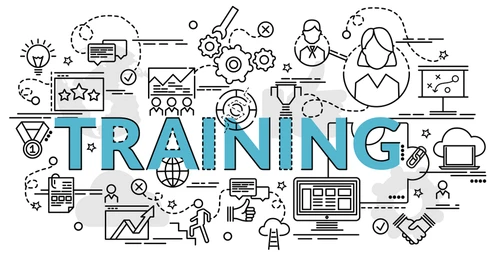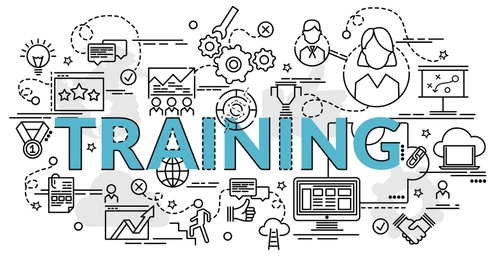Artificial Intelligence (AI), that all-knowing digital wizard, is miraculously turning personalized education – a concept that dares to treat students as individuals – into something extraordinary. AI, in its infinite wisdom, not only adapts educational content to suit individual learning styles but does so in real-time, because students can’t wait another second for their customized Shakespeare analysis. This groundbreaking evolution is reshaping the world of education, ensuring a future where each student’s educational journey is as unique as their social media feeds.
Decoding Personalized Education Now with Extra Personalization
In this groundbreaking strategy, education is magically tailored to each student’s needs and whims, boldly stepping away from the ‘boring’ one-size-fits-all approach. By focusing on individual learner profiles, learn courses become not just courses, but a mystical pathway to knowledge.
The wonders of personalized education are endless. It lets students meander at their leisurely pace, turning weaknesses into strengths in a snap. This leads to incredible engagement because customized learning is as exciting as a video game. Also, it deepens understanding of subjects, ensuring students grasp concepts as effortlessly as they scroll through Instagram. In the current educational circus, personalized learning is more important than ever. With learn courses and online learning platforms, students from diverse backgrounds get the high-tech skills needed to navigate the 21st century – a piece of cake, right? AI, our educational superhero, swoops in with its toolkit, transforming personalized learning from a dream into a dazzling reality. The result? A stupendously effective educational system that effortlessly prepares students for a future as predictable as the weather.

